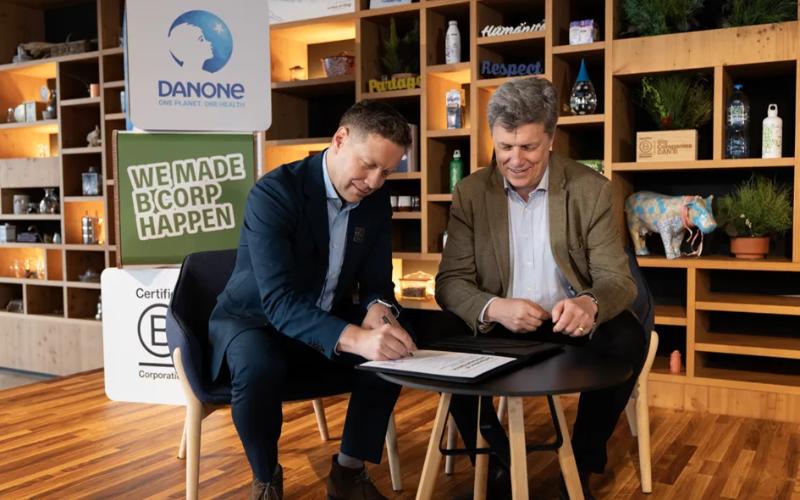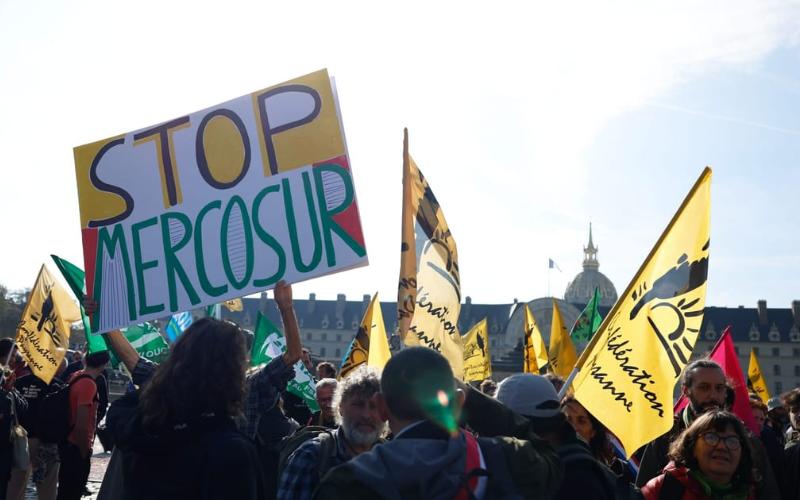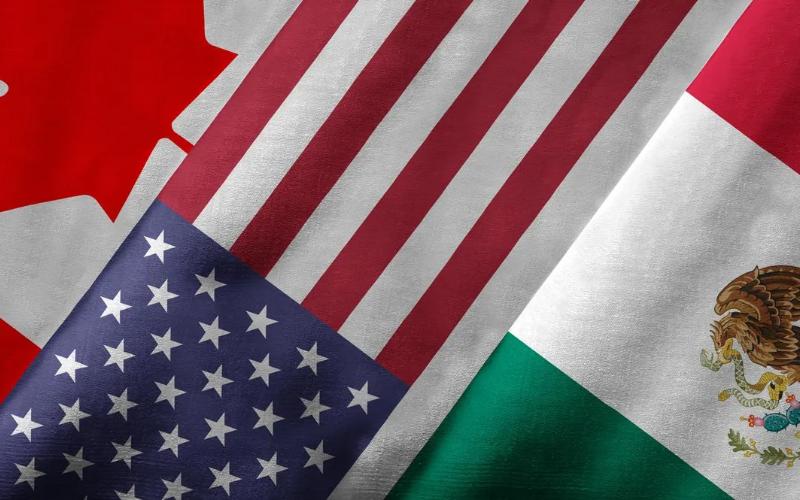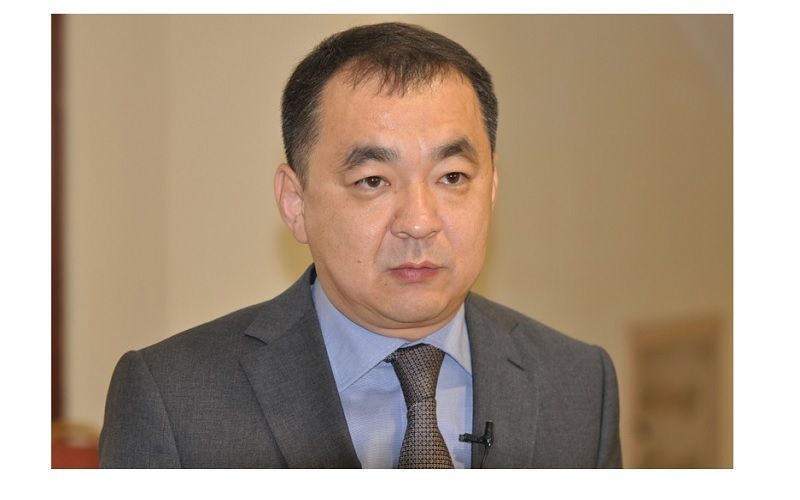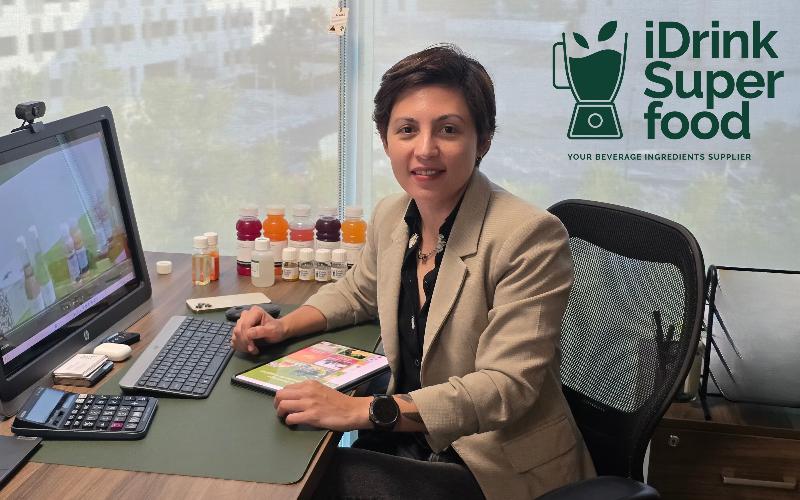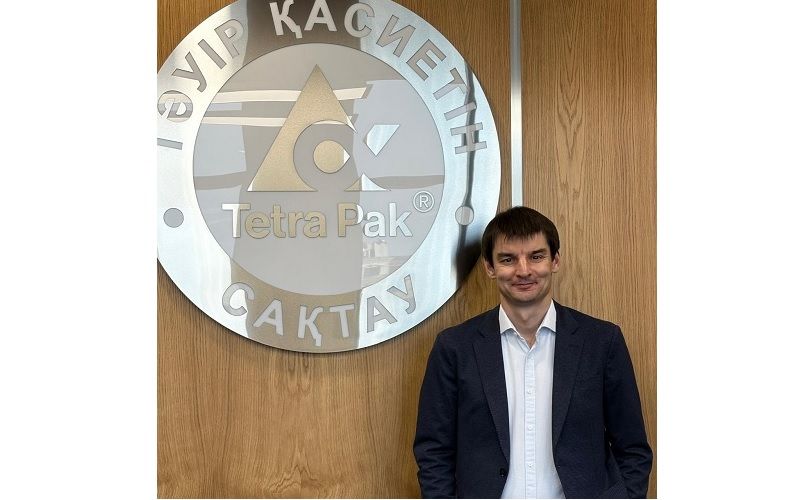$4.2B Dairy Deal: Fonterra’s Executive Payouts Under Scrutiny
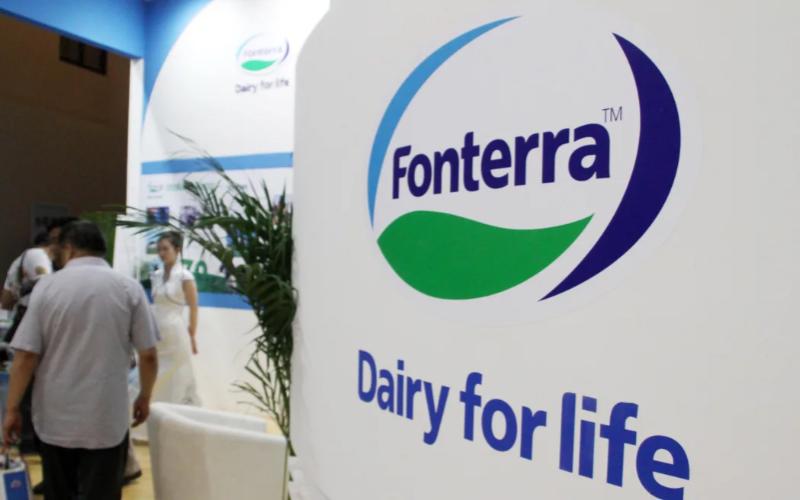
The divestment of Fonterra’s iconic consumer business to Lactalis for $4.2 billion has reignited political scrutiny of the co-operative’s executive incentive structures, despite the deal being near formalization after a 16-month process. Coalition politician Winston Peters lashed out at the leadership, questioning the sale as "giving away" key brands like Anchor and Mainland, and referencing his 2019 criticism of the Tip Top sale. A central point of his public concern was whether Fonterra executives would receive any "success fee" for the transaction and if they planned to exit the business upon completion.
In response to public and political inquiries regarding a special transaction bonus, Fonterra officially stated there is "no bonus payment for management team members tied to the completion of the transaction or outcome of the shareholder vote.” The co-operative directs scrutiny to its transparent executive remuneration framework, which is detailed annually in its comprehensive report. This assurance attempts to distinguish the current leadership’s compensation from past controversial incentive schemes, such as the one that awarded former CEO Theo Spierings approximately $43 million despite significant shareholder wealth destruction.
The current remuneration package for Fonterra’s “enterprise leaders,” including CEO Miles Hurrell, is governed by a Short-Term Incentive (STI) plan and the new Alignment Rights Long-Term Incentive (LTI) plan, introduced in 2023. The STI, which covers a 12-month period, is based on financial metrics like return on capital and farmgate milk price, along with ESG measures. Hurrell’s STI achievement for the latest financial year amounted to $2.5 million, highlighting a focus on performance metrics that directly impact farmer shareholders.
The Alignment Rights LTI structure is the “interesting piece” set to influence future payouts, designed to align financial interests with farmer shareholders. These rights consist of co-op units (vesting based on Fonterra’s Co-operative share price) and farm units (vesting based on changes in on-farm profitability per hectare, measured by the DairyNZ Economic Survey). The first grant from the current LTI plan will not begin to vest until September next year, with Hurrell set to receive payments through September 2030.
A “big payday looms” for Hurrell starting in 2026, driven by the likely full vesting of FY2024 LTI grants given the co-op’s strong performance, including an 11.3% return on capital. The value of the co-op units is especially significant, as their size increases with each tranche granted, and the Fonterra share price has surged 159% over the past two years. While future LTI grants will depend on revised strategic targets post-divestment, Hurrell’s total remuneration is expected to be “heavily influenced” and handsomely rewarded by these long-term incentives starting next year.


